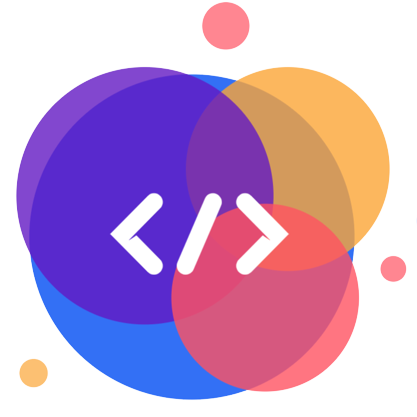ChatGPT is an open source chatbot developed by OpenAI that uses the GPT-3 language model to generate human-like responses to user input. It is designed to be easy to use and can be integrated into a variety of applications, including web applications built with the React framework.
To use ChatGPT with React, you will need to sign up for an OpenAI API key and install the openai package, which provides access to the ChatGPT API.
Once you have these things set up, you can use ChatGPT in your React application by calling the chatbot API and passing in the user’s input as a parameter. The chatbot will then return a response, which you can display to the user.
Here is an example of how you might use ChatGPT in a React component:
import React, { useState } from 'react';
import openai from 'openai';
const Chatbot = () => {
const [input, setInput] = useState('');
const [output, setOutput] = useState('');
const handleChange = (event) => {
setInput(event.target.value);
};
const handleSubmit = (event) => {
event.preventDefault();
openai.chatbot({
prompt: input,
model: 'chatbot',
apiKey: 'YOUR_API_KEY_HERE',
}).then((response) => {
setOutput(response.data.response);
});
};
return (
<div>
<form onSubmit={handleSubmit}>
<label>
Input:
<input type="text" value={input} onChange={handleChange} />
</label>
<input type="submit" value="Submit" />
</form>
<p>Output: {output}</p>
</div>
);
};
export default Chatbot;
This example creates a simple form with an input field and a submit button. When the user submits the form, the chatbot API is called with the user’s input, and the response is displayed to the user.
You can customize the chatbot’s behavior by using different models and prompts, and by using the various options available in the openai package. For more information, you can refer to the OpenAI documentation and the openai package documentation.




